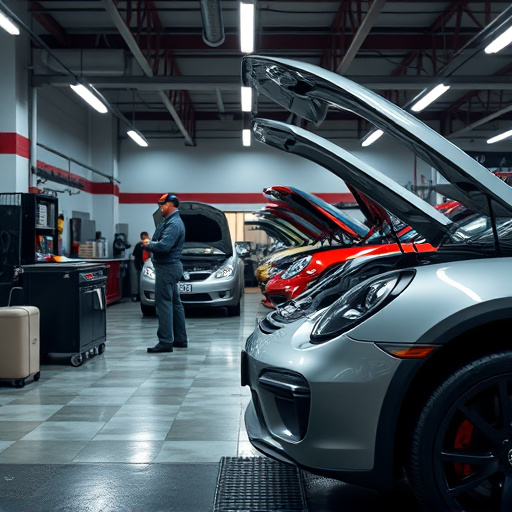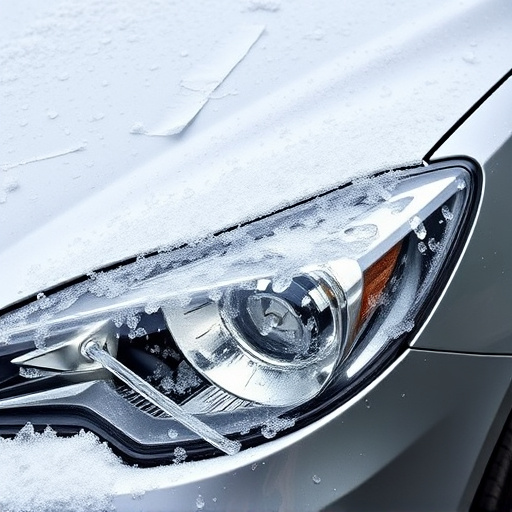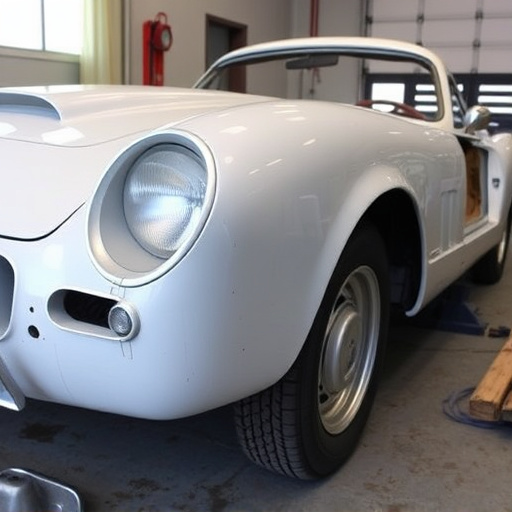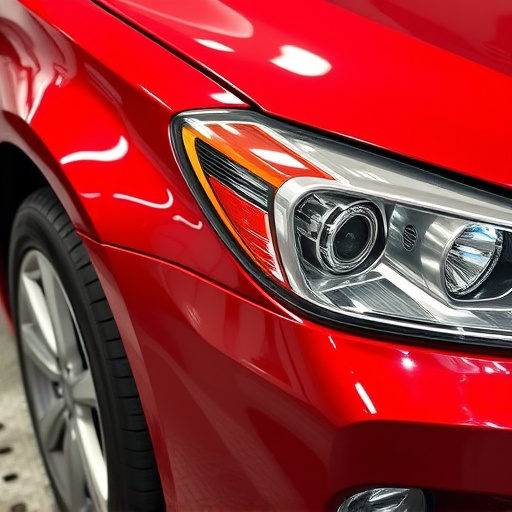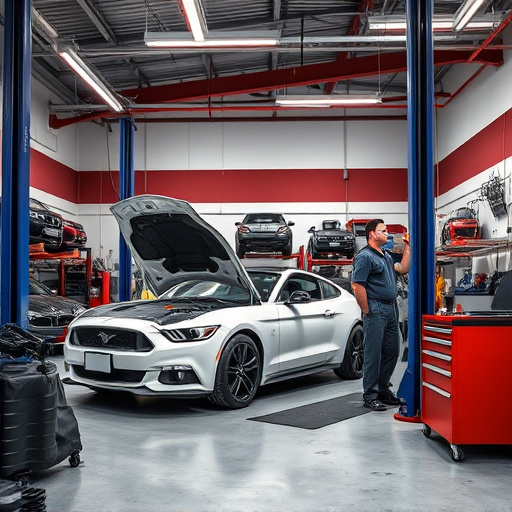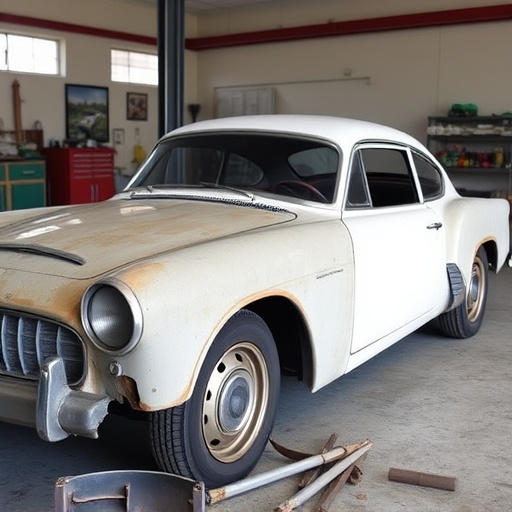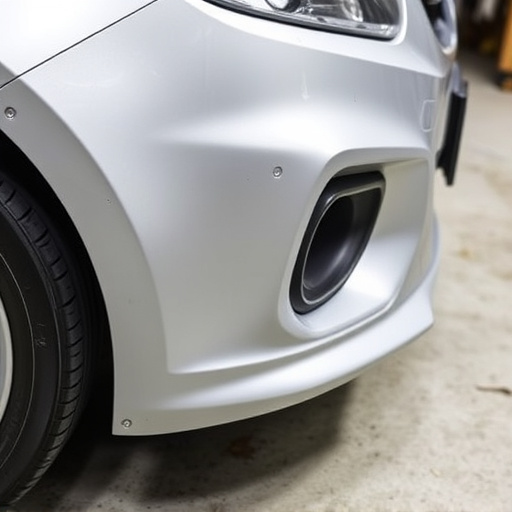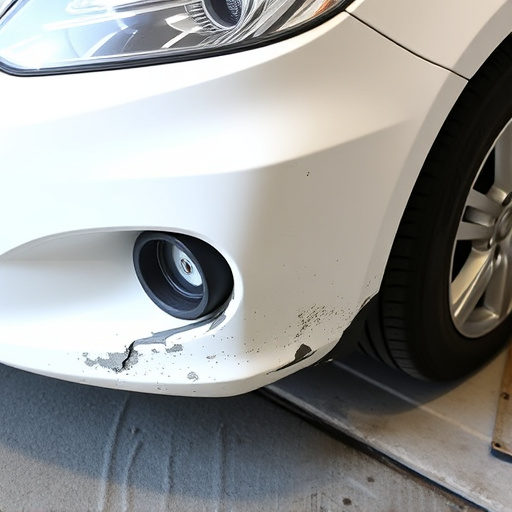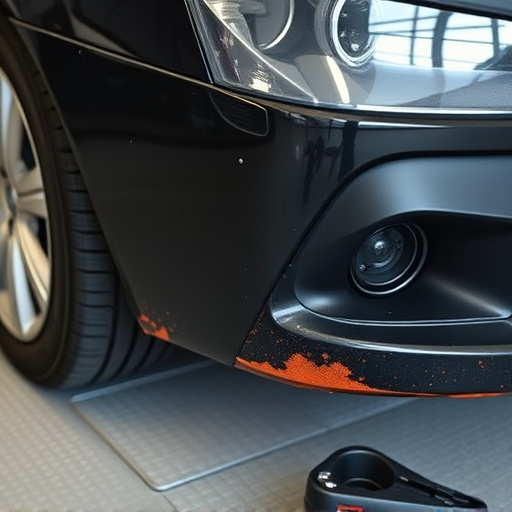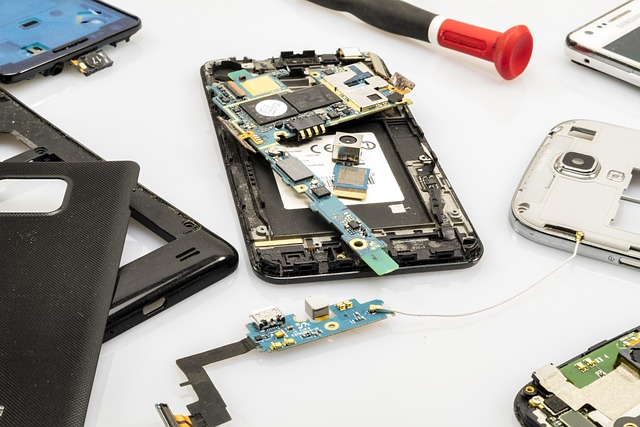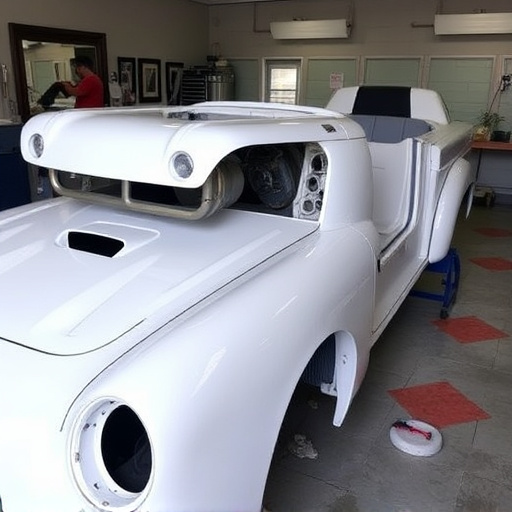A well-equipped workshop with advanced frame repair equipment is crucial for auto technicians specializing in classic car restoration. Essential tools include robust wrenches, hammers, and pliers, while modern advancements like precision measurements, computer-aided alignment, and specialized straightening machinery enhance efficiency and accuracy. Versatile frame repair equipment catering to various damage cases, from minor fender benders to complex structural issues, is paramount in today's advanced automotive sector. Shops should opt for tools with laser measurement systems and automated press systems for safety and efficiency, accommodating brands like Mercedes-Benz and general restoration centers alike.
When it comes to frame repair, having the right tools can make all the difference. This comprehensive guide explores what to look for in state-of-the-art frame repair equipment at repair shops. From understanding essential tools to considering advanced features and selecting the perfect match for various scenarios, we’ll equip you with knowledge to navigate the market effectively. Discover how top-tier frame repair equipment can enhance precision, efficiency, and overall customer satisfaction in your shop.
- Understanding Essential Frame Repair Tools
- Advanced Features to Consider in Modern Equipment
- Choosing the Right Equipment for Different Repair Scenarios
Understanding Essential Frame Repair Tools
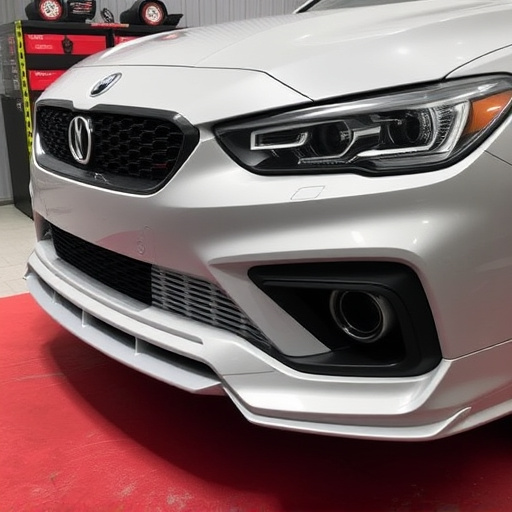
In the realm of frame repair, a well-equipped workshop is half the battle won. Essential frame repair tools form the crucible where skilled technicians forge their art. Among these, a robust set of wrenches and sockets for tight, precise adjustments; specialized hammers for delicate shaping; and pliers with various grips are indispensable. These fundamental tools enable auto repair services to navigate the intricate labyrinth of car paint repair, ensuring every curve and angle is addressed during classic car restoration processes.
Additionally, modern frame repair equipment incorporates advanced features like precision measurements, computer-aided alignment, and specialized machinery for straightening damaged frames. These innovations not only enhance efficiency but also guarantee accurate results in restoring vehicles to their original condition, be it a modern model or a vintage classic.
Advanced Features to Consider in Modern Equipment
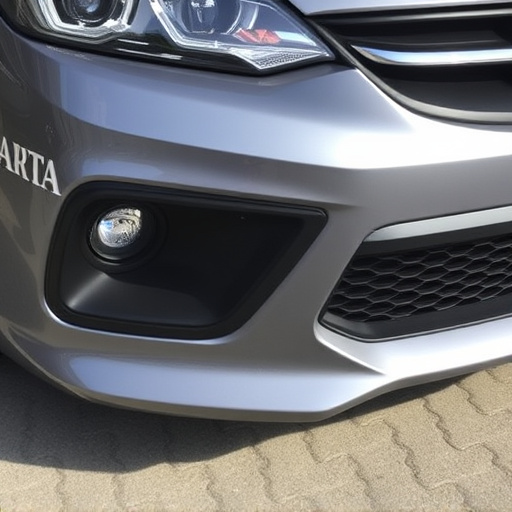
In today’s advanced automotive industry, frame repair equipment has evolved to include sophisticated features that streamline the process and deliver superior results. Modern shops looking to stay ahead should consider tools with integrated technology like laser measurement systems, which provide precise data for more accurate repairs. These technologies not only save time but also ensure consistency across different models, from luxury brands like Mercedes-Benz collision repair shops to general vehicle restoration centers.
Additionally, advanced equipment often includes features designed for safety and efficiency. For instance, automated press systems with adjustable settings cater to various car body types, minimizing the risk of damage during the repair process. These modern tools also reduce physical strain on technicians, making them safer and more comfortable as they work on intricate frame repairs. Such innovations are pivotal in maintaining high-quality standards while keeping up with the ever-changing demands of the automotive industry.
Choosing the Right Equipment for Different Repair Scenarios
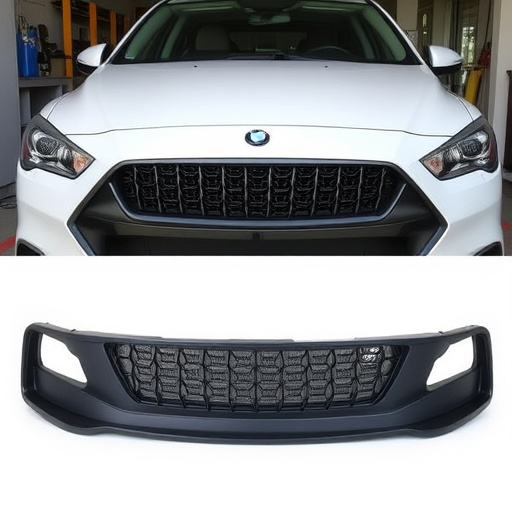
When it comes to frame repair equipment, versatility is key for auto body shops dealing with various damage scenarios. A comprehensive toolkit should cater to simple fender benders as well as more complex auto body repairs. For instance, a high-quality welder capable of precise metal manipulation is essential for realigning frames after a collision. It should offer control over heat input to prevent warping or excessive heating.
Additionally, an auto body shop might benefit from specialized tools like frame pulls and strain gates for safely straightening damaged frames. These tools apply controlled force, minimizing the risk of further damage. In contrast, simple fender repair jobs may only require a set of sturdy vice grips, pliers, and a hammer for straightening and adjusting panel gaps. The right equipment choice depends on the extent of the damage and the specific needs of each auto body shop, ensuring efficient repairs and customer satisfaction in any scenario (fender bender or not).
When selecting frame repair equipment, understanding your specific needs and considering advanced features will ensure you choose the best tools for the job. From classic hand tools to modern power tools, the right equipment can significantly enhance precision and efficiency in various repair scenarios. Remember that investing in high-quality, versatile frame repair equipment is a smart decision that will pay off in the long run, allowing you to tackle repairs with confidence and expertise.
